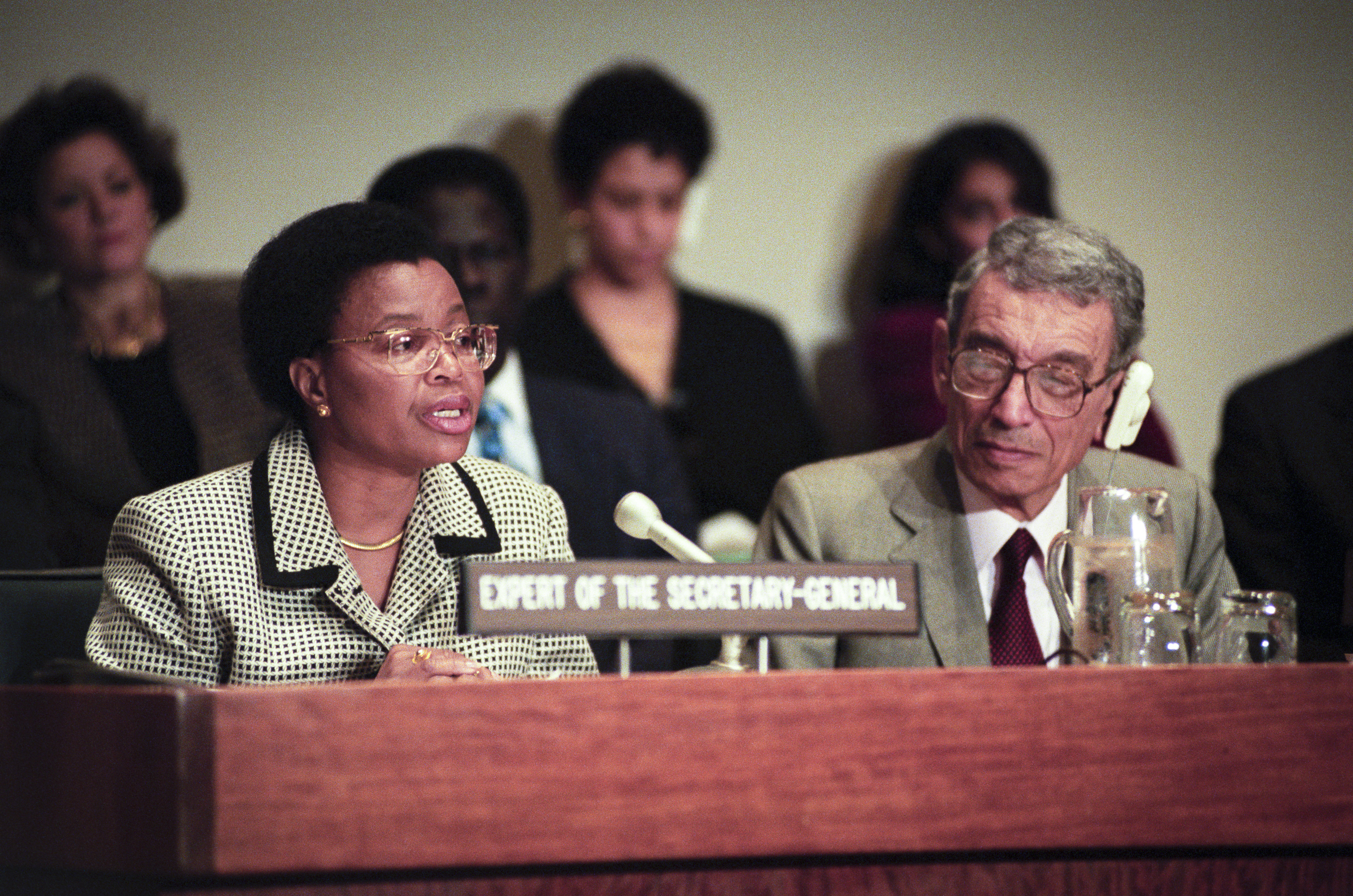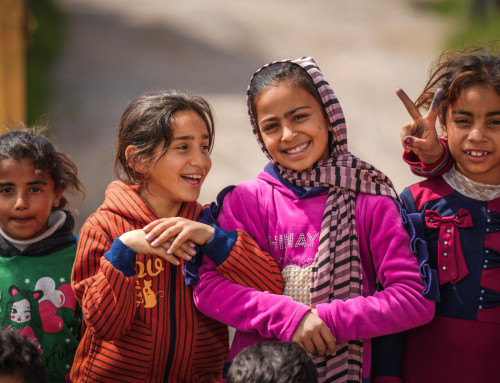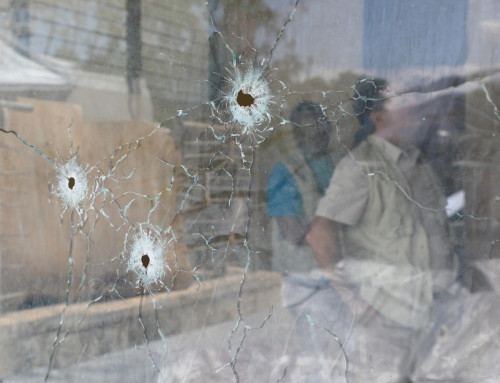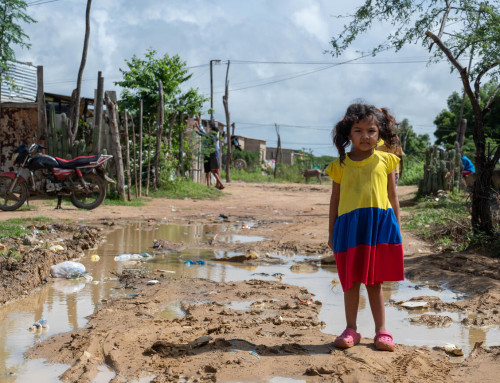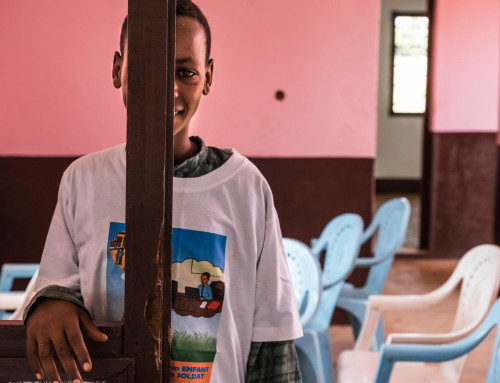Twenty years ago, Graça Machel’s report “Impact of armed conflict on children”, asked the international community to come together to address the plight of children affected by war.
For two years, Machel had travelled to conflict zones and met children, families, humanitarian workers and Government officials to better understand what boys and girls were going through.
On 26 August 1996, the report she presented to the General Assembly described conflicts in which “[n]othing was spared, held sacred or protected – not children, families or communities.”
She added that “the struggles that claim more civilians than soldiers have been marked by horrific levels of violence and brutality. Any and all tactics are employed, from systematic rape, to scorched-earth tactics that destroy crops and poison wells, to ethnic cleansing and genocide. With all standards abandoned, human rights violations against children and women occur in unprecedented numbers. Increasingly, children have become the targets and even the perpetrators of violence and atrocities.”
The report described the violations most commonly occurring to children in times of war, as well as a call to action with practical recommendations, including the nomination of a special representative of the Secretary-General on children and armed conflict to keep the protection of children “very high on the international human rights, peace, security and development agendas” (source: A/RES/48/157).
Four months later, the General Assembly answered her call and recommended the appointment of a Special Representative on children and armed conflict, who would report back to the General Assembly and the Human Rights Council (then called the Commission on Human Rights) annually.
The action generated by the General Assembly, and the tools developed by the UN Security Council to address the sufferings of children affected by war, have enabled consistent progress in the past 20 years, even though important challenges remain to protect them.
Progress
Since 2000, more than 115,000 child soldiers have been released as a result of dialogue and Action Plans with national armed forces and armed groups.
The advocacy generated by this mandate has brought about a global consensus among Member States that children should not be recruited and used in conflict, and should be protected from all other grave violations. Thanks in part to the momentum generated by the campaign ‘Children, not Soldiers’, launched with UNICEF, in 2014, the UN is currently engaged in an Action Plan process with all Member States listed for recruitment and use of children in their national security forces and there is progress to report in most countries, including a significant reduction in verified cases of recruitment and use of children.
Engagement with non-State armed groups continues to grow. The UN currently has a dialogue with listed parties in the Central African Republic, Colombia, Mali, Myanmar, the Philippines, Sudan and South Sudan. In 2015 alone, this engagement has led to the release of over 8,000 children. In Colombia, the involvement of the Special Representative contributed to a historic agreement between the FARC-EP and the Government to release all children recruited by the FARC.
Despite this important progress, emerging and protracted conflicts are disrupting the lives of millions of children, and continue to fuel the largest movement of populations the world has experienced since the Second World War. The UN reports annually on tens of thousands of children killed, maimed, recruited and used as child soldiers, abducted and victims of sexual violence. Boys and girls are victims or targets of groups using extreme violence. Detention is too often used for children allegedly associated with armed groups. Schools and hospitals are under attack, and boys and girls have little or no access to basic life-saving humanitarian assistance. While there has been some progress at national and international level, impunity for crimes committed against children is prevalent.
Looking forward
When the children and armed conflict mandate was created, the General Assembly fully recognized the way we treat children today will have a huge impact on the peace and development of our societies of tomorrow. The new development agenda is poised to become a cornerstone of international efforts to bring about substantial progress to address the needs of all children, including those affected by conflict.
The Sustainable Development Goals (SDGs) recognize that children, who represent the majority of the population in many countries affected by conflict, are key to building peaceful and strong societies. Human rights, peace, justice and strong institutions are at the heart of the SDGs. This includes ensuring quality education and health services for all, ending the recruitment and use of child soldiers, and ending all forms of violence against children.
As we look forward to more years of progress, we need to use the tools already available and the promise of the SDGs to their full potential. The international community has an important role to play. It is now our collective duty to remain united to ensure that boys and girls from around the world will benefit from the meaningful change we have envisioned.

